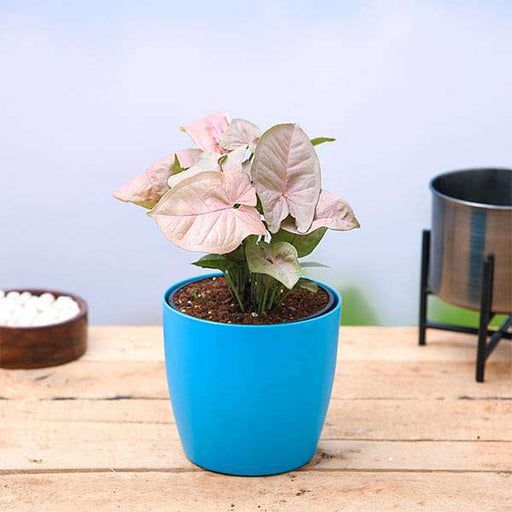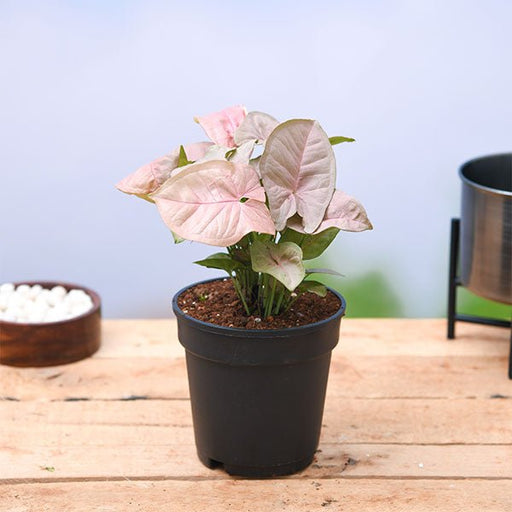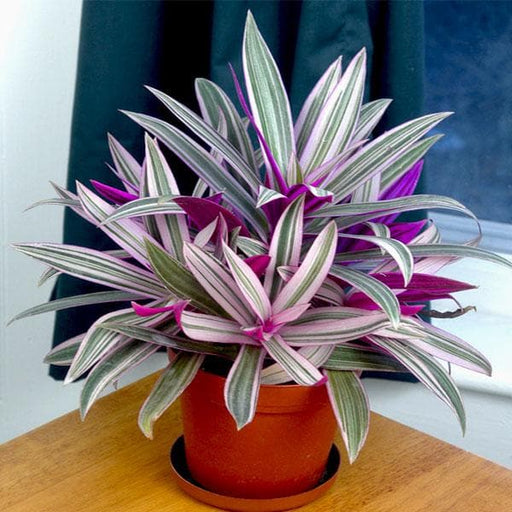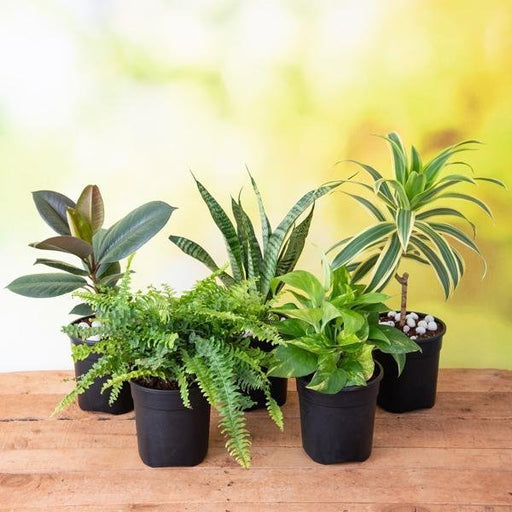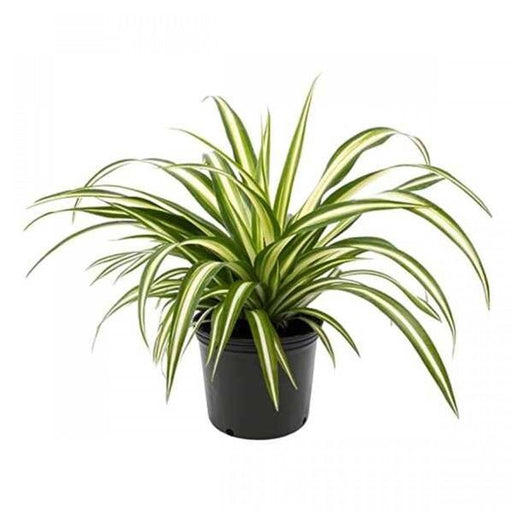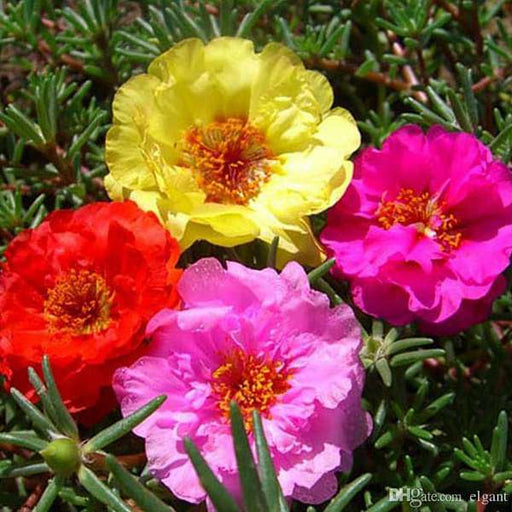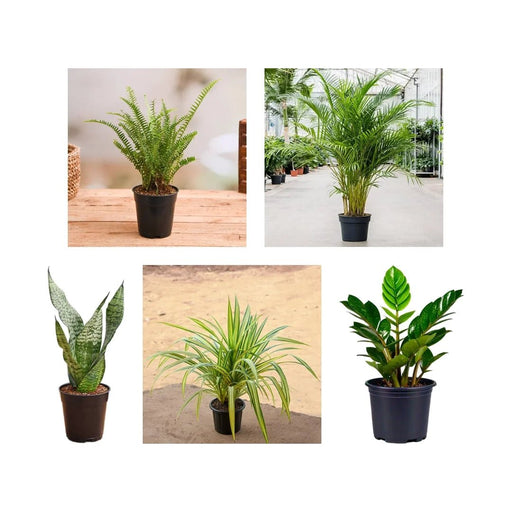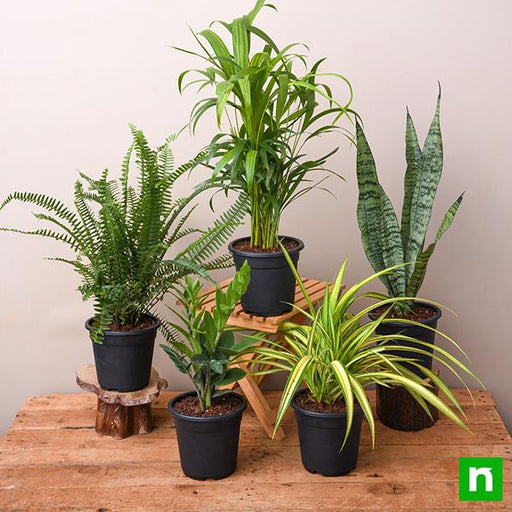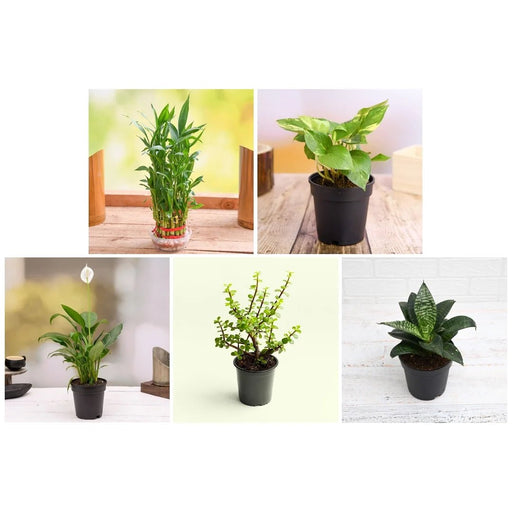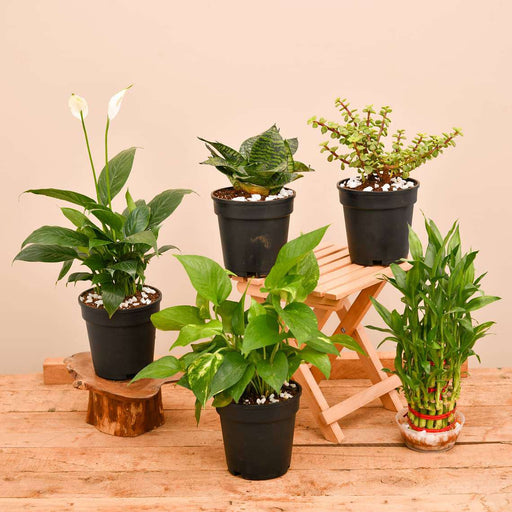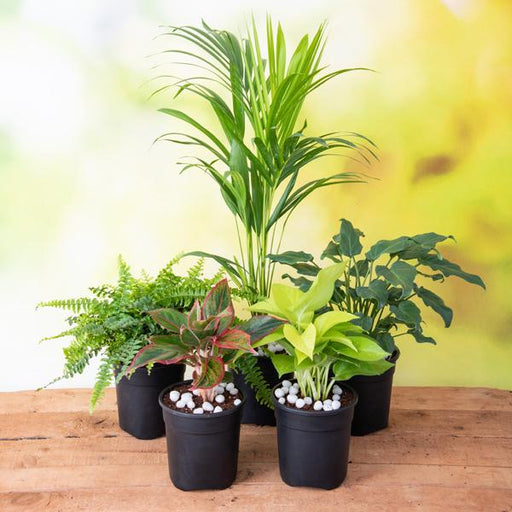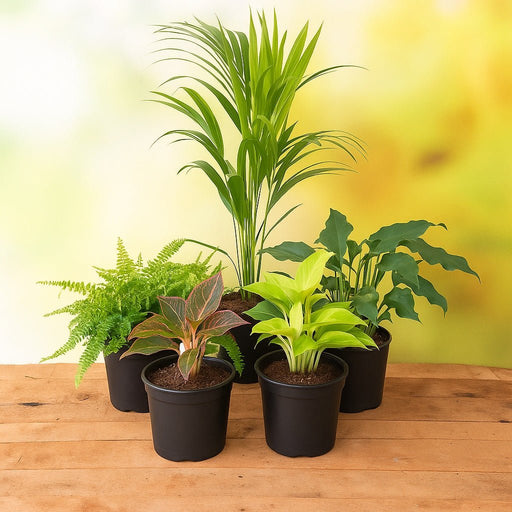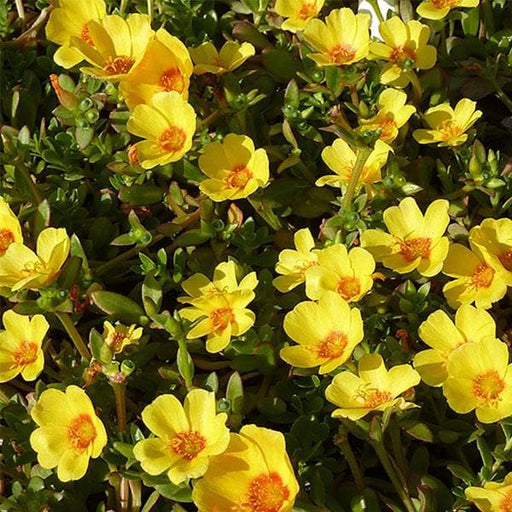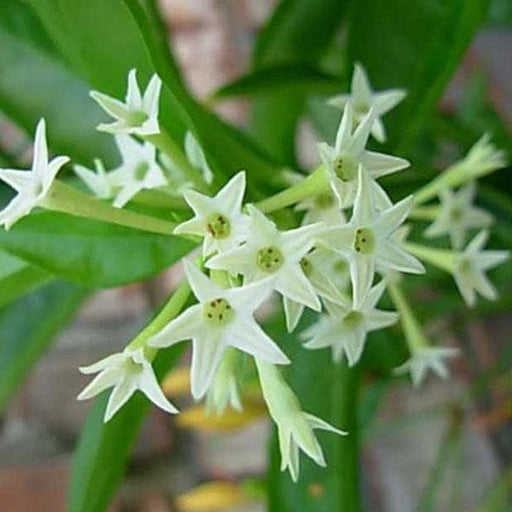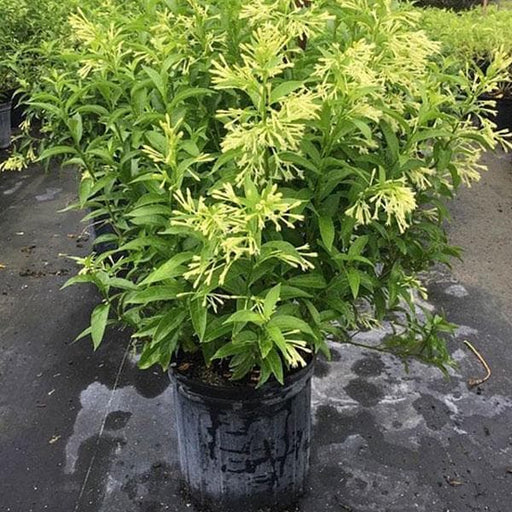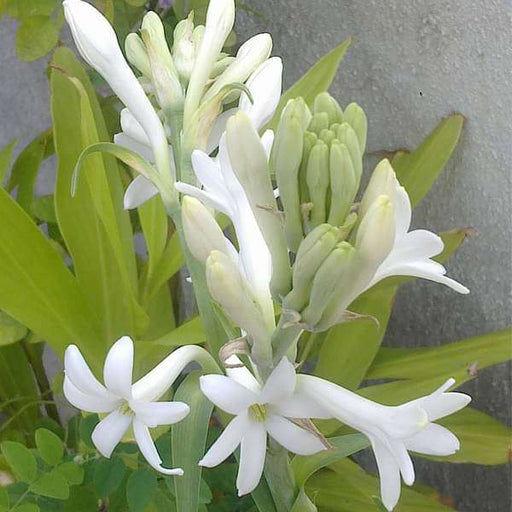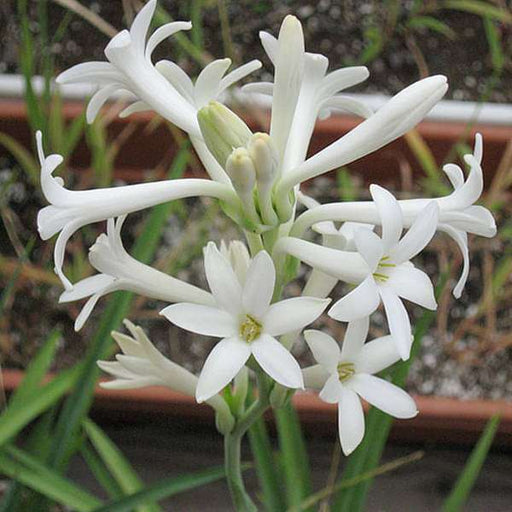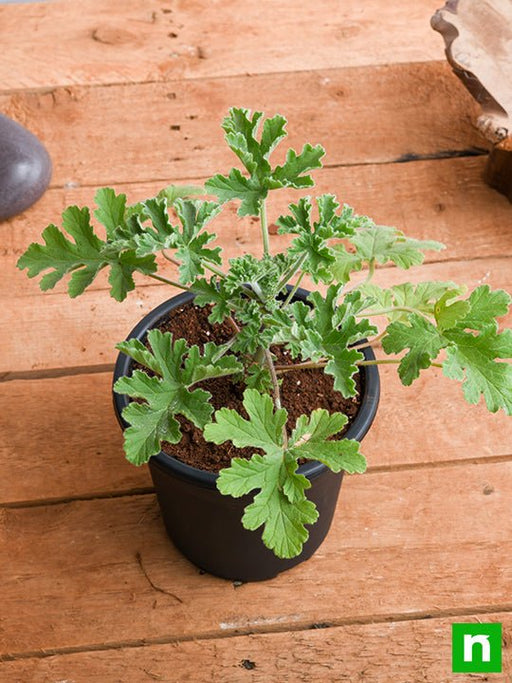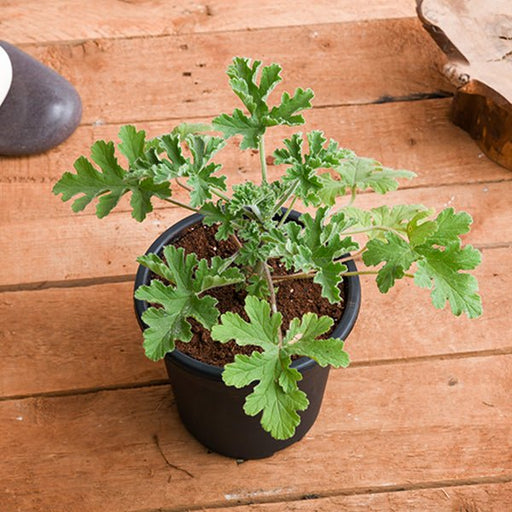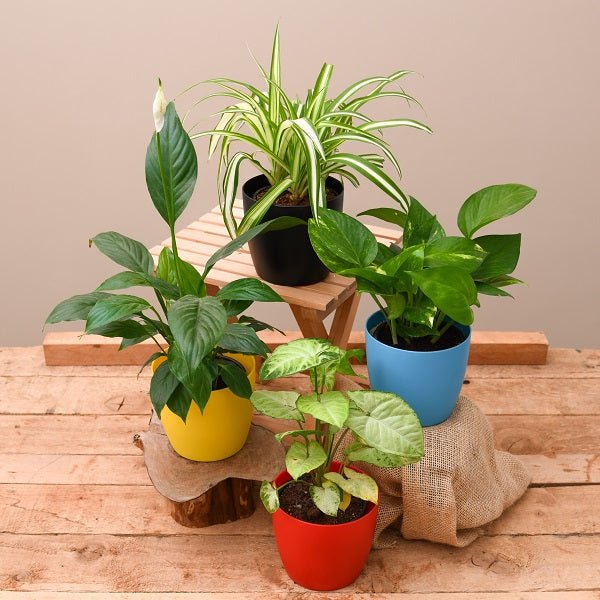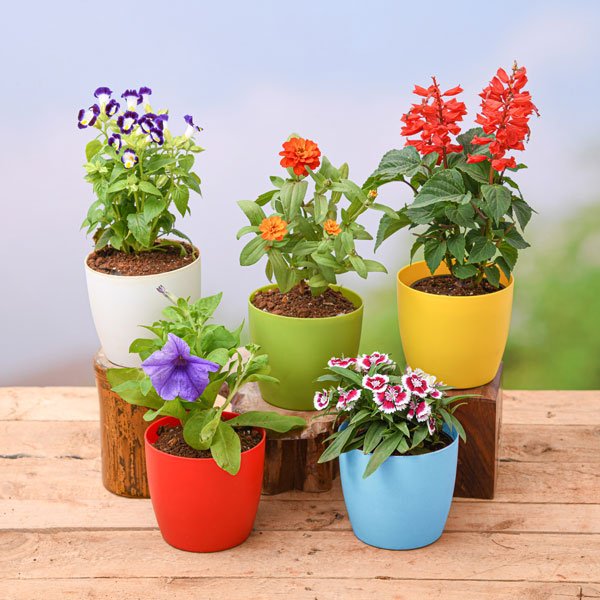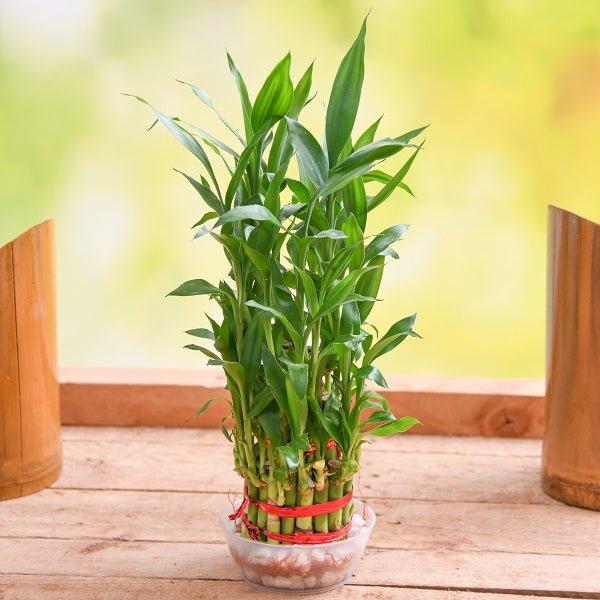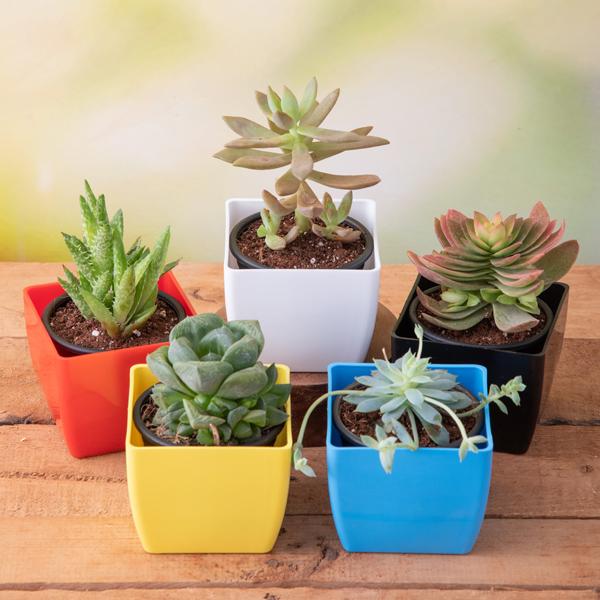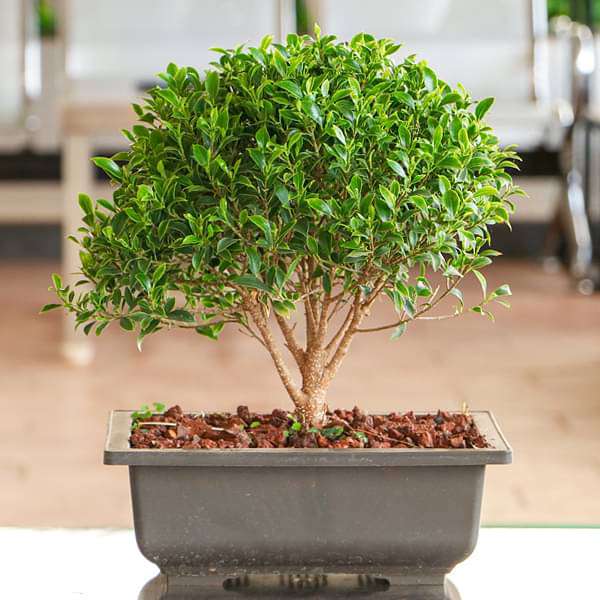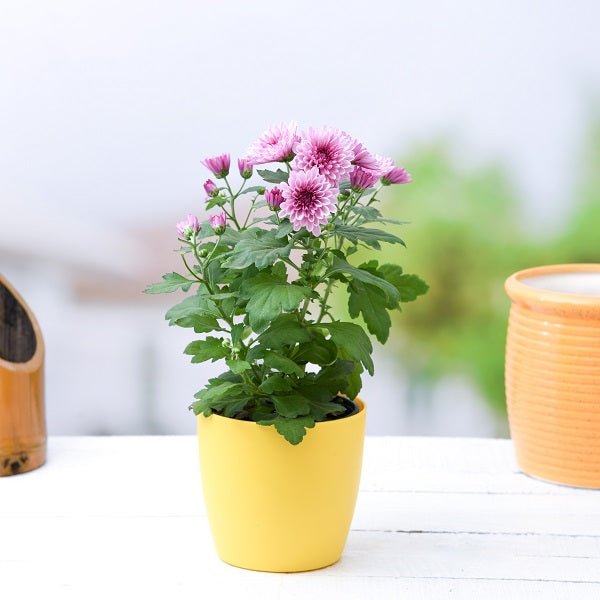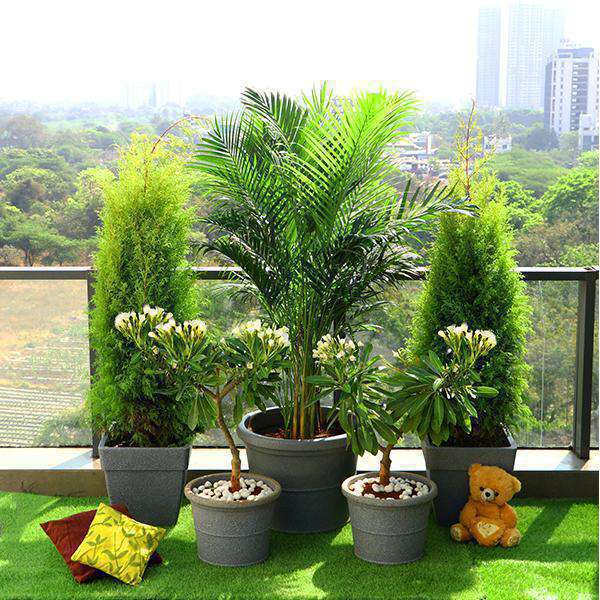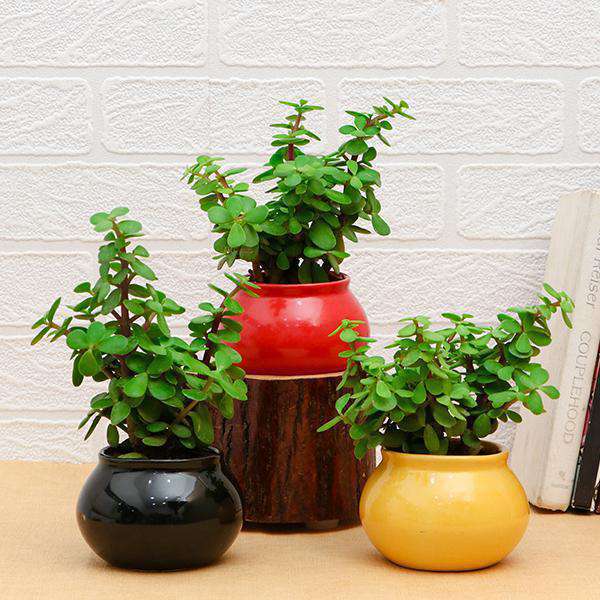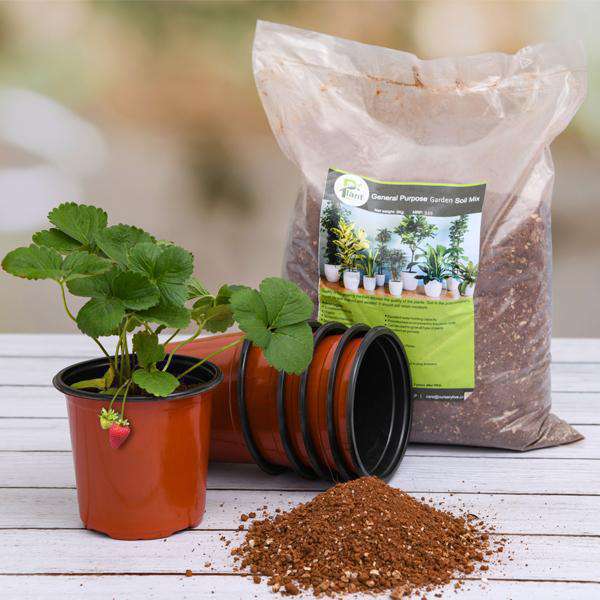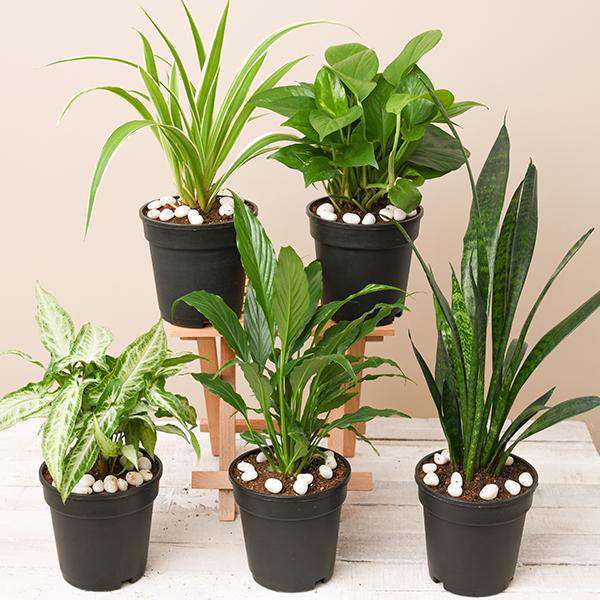Vertical garden plants list
A vertical garden is a great way to add greenery to small spaces. Here are some plants that thrive in a vertical garden.
Best plants for vertical garden
If you're looking to create a stunning vertical garden, these plants are a must-have. They are easy to care for and look great.
Indoor vertical garden plants
If you're looking to create an indoor vertical garden, these plants are perfect. They are easy to care for and add a touch of greenery to your home.
Outdoor vertical garden plants
These plants are perfect for an outdoor vertical garden. They can withstand the elements and look great all year round.
Edible plants for vertical gardens
If you want to grow your own fresh produce, these edible plants are perfect for a vertical garden.
Small plants for vertical gardens
If you have a small space, these plants are perfect for a vertical garden. They are compact and easy to care for.
Climbing plants for vertical gardens
Climbing plants are perfect for a vertical garden. They add a touch of greenery and can be trained to climb up a trellis.
Low-light plants for vertical gardens
If your vertical garden doesn't get a lot of sunlight, these plants are perfect. They can thrive in low-light conditions.
Tropical plants for vertical gardens
If you want to create a tropical paradise in your vertical garden, these plants are perfect. They love humidity and warmth.
Shade-loving plants for vertical gardens
If your vertical garden is in a shady spot, these plants are perfect. They can thrive in low-light conditions.
Succulent plants for vertical gardens
Succulent plants are perfect for a vertical garden. They are easy to care for and add a touch of greenery to any space.
Flowering plants for vertical gardens
These plants are perfect if you want to add a pop of color to your vertical garden. They bloom all year round.
Herb plants for vertical gardens
If you want to grow your own herbs, these plants are perfect for a vertical garden. They are easy to care for and add a touch of greenery to your kitchen.
Aromatic plants for vertical gardens
These plants are perfect if you want to add a fresh scent to your vertical garden. They smell great and are easy to care for.
Ornamental plants for vertical gardens
If you want to create a stunning vertical garden, these ornamental plants are perfect. They add a touch of elegance and style.
Evergreen plants for vertical gardens
If you want your vertical garden to look great all year round, these evergreen plants are perfect. They keep their leaves all year long.
Air-purifying plants for vertical gardens
These plants are perfect if you want to improve the air quality in your home. They remove toxins and add a touch of greenery.
Medicinal plants for vertical gardens
These plants are perfect if you want to grow your own medicinal herbs. They have healing properties and are easy to care for.
Drought-tolerant plants for vertical gardens
If you live in an area with little rainfall, these plants are perfect for a vertical garden. They can withstand dry conditions.
Pet-friendly plants for vertical gardens
If you have pets, these plants are perfect for a vertical garden. They are non-toxic and safe for pets to be around.





